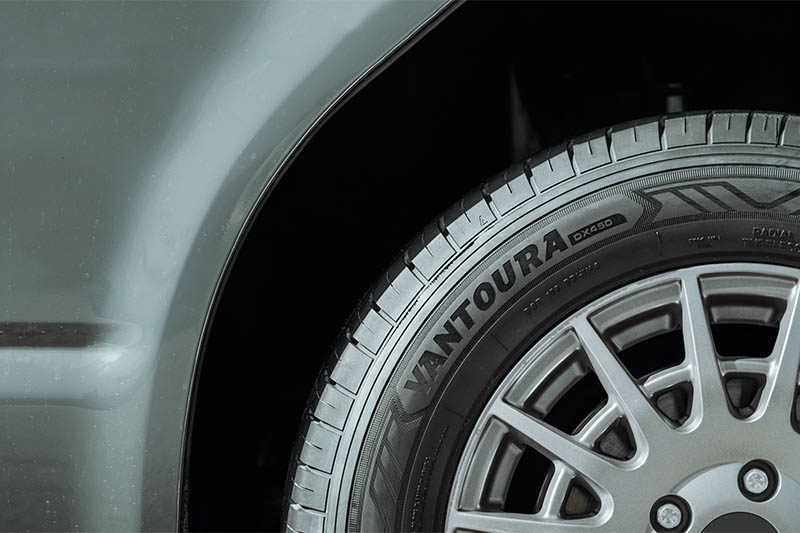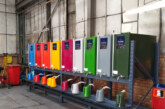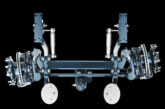Best practice for tyre care

The experts at Davanti Tyres reveal some best practice tips on tyre care and how correct maintenance can support drivers and businesses’ bottom lines.
As temperatures rise, it’s essential to take proactive steps to ensure light commercial vehicle fleets are ready for the warmer months. Proper tyre maintenance during this time not only enhances safety and comfort but also helps keep business operations running smoothly. Here is some actions Davanti advises you should be taking to stay prepared.
Monitor temperature and weather conditions
To avoid any unwanted costs, ensure you and your drivers are aware of monitoring the weather and temperatures for the benefit of tyre safety and maintenance. Higher temperatures can lead to increased road friction, which in turn, can cause tyre temperatures to rise significantly, which may lead to blowouts.
Be mindful of high temperatures and adjust your driving habits, for example reducing speed, and avoiding heavy loads, to prevent the overheating of your tyres. With warmer weather on its way here in the UK, it’s essential to consider investing in tyres designed for summer weather, such as Davanti’s Vantoura DX450.
Monitor tyre age
Tyres naturally age over time, and even if they aren’t heavily used, the rubber can deteriorate, resulting in cracks and reduced performance. It’s important for fleet managers to monitor the purchase dates of fleet tyres as well as look out for general wear and tear.
These days, it’s relatively easy to keep track of the manufacturing dates, as this information is typically stamped onto the side of each tyre, referred to as a DOT code. Davanti recommends replacing tyres that are 6-10 years old, regardless of usage.
Ensure the correct loading and weight distribution
It’s crucial to stress the importance of not overloading a vehicle with your LCV drivers. Excess weight and the improper distribution of weight can lead to unnecessary pressure on tyres, causing premature wear or even blowouts.
Choose the right tyre for your fleet’s needs
Finally, you must establish what tyres align with your fleet’s needs, as different LCVs will require different types of tyres. For example, delivery vehicles that travel long distances at high speeds need tyres suitable for fuel efficiency and comfort, while vehicles that operate on rough or uneven terrain might need more off-road-ready options.
It’s also important to consider the seasons in which your drivers will be doing most of their travel. Summer, winter and all-season tyres all have their own capabilities and benefits and so, seasonal tyres should be taken into consideration when making a purchase for your fleet.
Choosing the right tyres for LCVs can not only boost productivity but – over time – reduce downtime and costs too. Over the past decade, Davanti has significantly expanded its product range to meet the diverse needs of its customers.
Looking at commercial vehicle tyres specifically, as we head towards the warmer months, it may be that the most recent addition to Davanti’s Vantoura range, the DX450, would work best for your fleet’s requirements. The DX450 is said to be a highly durable and efficiency-led van tyre for LCVs with exceptional mileage capabilities, designed to keep drivers moving in both wet and dry conditions.









